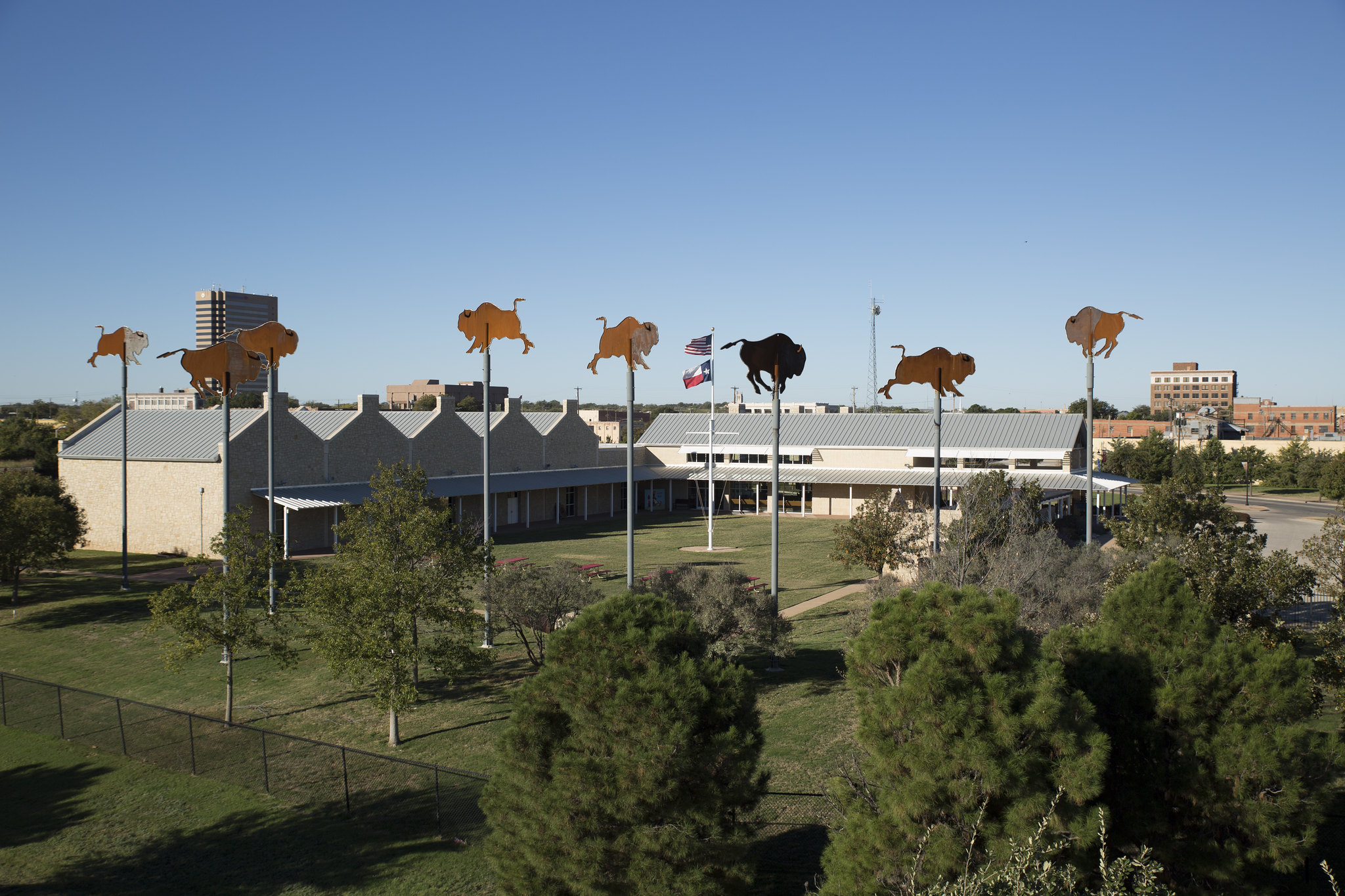About Frontier Texas
Experience the Old West through New Technology
world class museum
State-of-the-art interactive experience in downtown Abilene, TX
Frontier Texas is a world class interactive museum and visitor center located in downtown Abilene, Texas that allows visitors to relive the Old West through the magic of state-of-the-art technology. Frontier Texas brings the frontier to life and lets visitors meet people who played out their lives on the Texas frontier. Frontier Texas also serves as the official visitor center for Abilene and the Texas Forts Trail Region.
Frontier Texas is a 501(C)3 Nonprofit organization located at 625 North First Street, Abilene, TX. The facility is operated under the direction of a board of directors consisting of volunteers from throughout the community. The museum has a staff of full-time and part-time employees.

Our Mission
The mission of Frontier Texas is to present an historical experience that attracts, entertains, and educates guests with the rich social and cultural heritage of Central West Texas, and further stimulates them to visit other local and regional attractions and venues.
